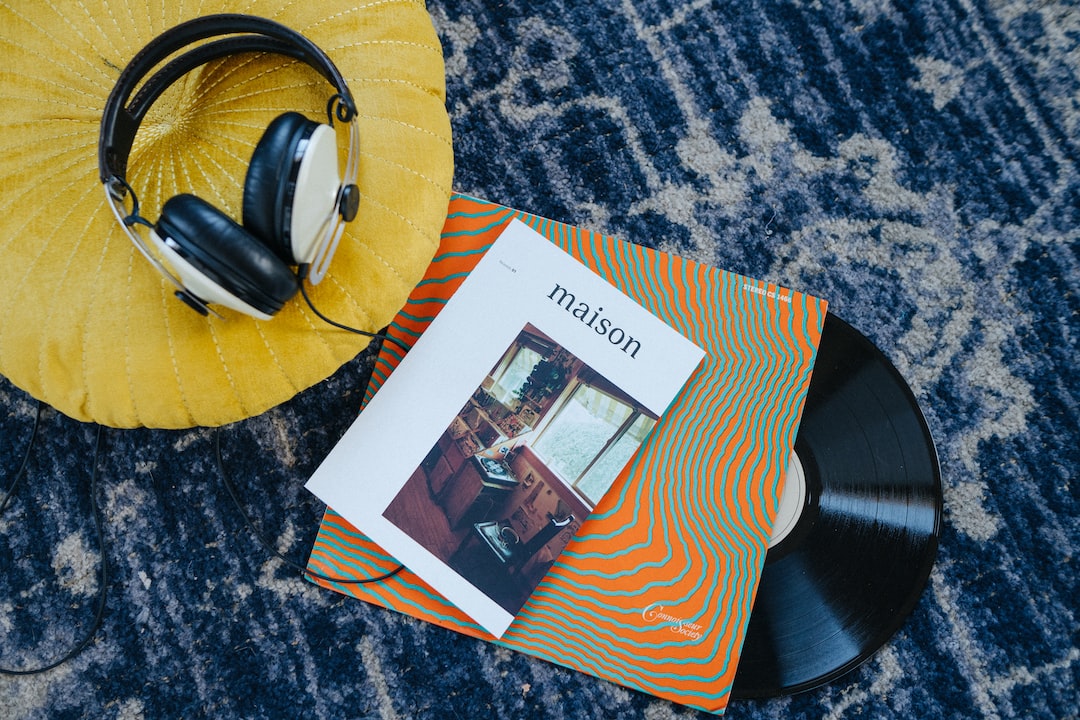The Evolution of Music Videos: From MTV to YouTube
Music videos have become an integral part of the modern music industry, serving as a platform for artists to visually express their creativity and connect with fans on a deeper level. Over the years, the medium through which these videos are consumed has changed dramatically, from the rise of MTV in the 1980s to the dominance of YouTube in the digital age. This evolution has not only shaped the way we consume music videos but also revolutionized the music industry as a whole.
The explosion of music videos can be traced back to the launch of MTV in 1981. With its 24/7 programming dedicated solely to music videos, the channel quickly became a cultural phenomenon, shaping music trends and introducing viewers to new artists and genres. At a time when music videos were mostly limited to late-night TV slots, MTV provided a dedicated platform for artists to showcase their visual artistry alongside their music.
The early days of MTV saw a surge in creativity, with artists experimenting with storytelling, visual effects, and choreography. Iconic videos like Michael Jackson’s “Thriller” and Madonna’s “Like a Prayer” captivated audiences and solidified the music video as a legitimate art form. As MTV’s popularity grew, so did the budgets for music videos, allowing artists to produce more elaborate and visually stunning works.
However, with the decline of music television in the late 1990s and early 2000s, the music video landscape underwent a significant shift. As audiences turned to the internet for their entertainment needs, YouTube emerged as a game-changer, providing a free, accessible platform for artists to share their music videos directly with fans. Unlike the controlled programming of MTV, YouTube offered unlimited space for content, allowing artists to reach a global audience without the need for a major label’s support.
YouTube’s democratization of music videos opened the floodgates for independent artists and aspiring filmmakers to showcase their work alongside well-established acts. This gave rise to a new wave of creativity, as artists no longer had to rely on big budgets or record label backing to compete with their peers. As a result, artists began pushing boundaries and exploring unique visual concepts that resonated with their fan base.
One of the most significant advantages of YouTube was its interactive nature, allowing viewers to not only watch but also share, comment, and engage with music videos. This fostered a sense of community among fans and artists, breaking down the traditional barriers between them. Artists could now directly communicate with their audience and vice versa, fostering a more personal connection and building a dedicated fan base.
YouTube’s popularity eventually caught the attention of the music industry, leading to the rise of Vevo, a music video hosting platform created by major record labels. Vevo’s partnership with YouTube allowed artists to monetize their content and reach even larger audiences. The platform became a one-stop destination for music videos, providing a curated experience tailored to each user’s preferences.
The impact of YouTube on the music industry cannot be overstated. It has given rise to new stars who found success through viral videos, such as Justin Bieber and Psy. Artists no longer need a major label’s support for their career to take off, as a catchy song and a well-produced music video have the potential to reach millions of viewers overnight.
In recent years, we have seen a shift in the way music videos are consumed, with the rise of mobile platforms like TikTok and Instagram. Artists are now creating shorter, more bite-sized videos specifically designed for these platforms, catering to the short attention span of modern audiences. These platforms have also embraced user-generated content, allowing fans to create their own music videos or participate in viral challenges, further blurring the lines between artist and audience.
The evolution of music videos from the early days of MTV to the digital age of YouTube has transformed the way we experience music. It has given artists the freedom to explore their creativity and connect with fans on a deeper level. Whether it is through visually stunning productions or the intimate moments captured on a smartphone, music videos continue to be an essential medium for artists to express themselves and leave a lasting impact on the world.

